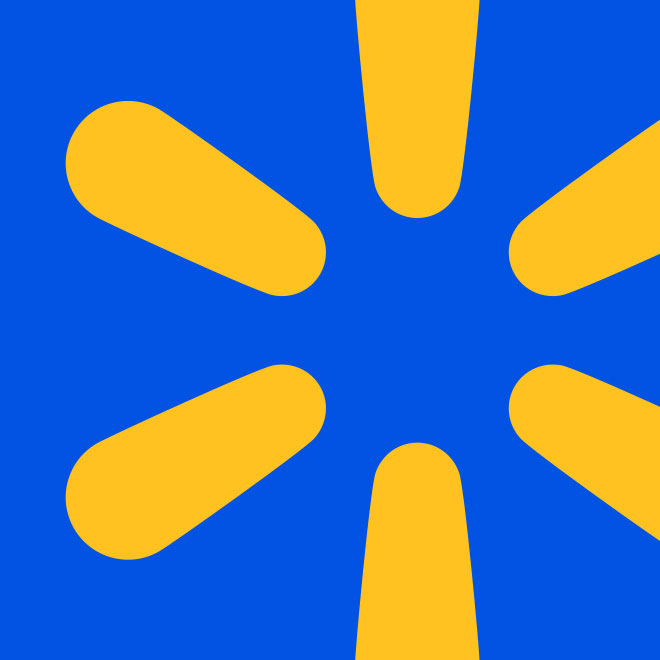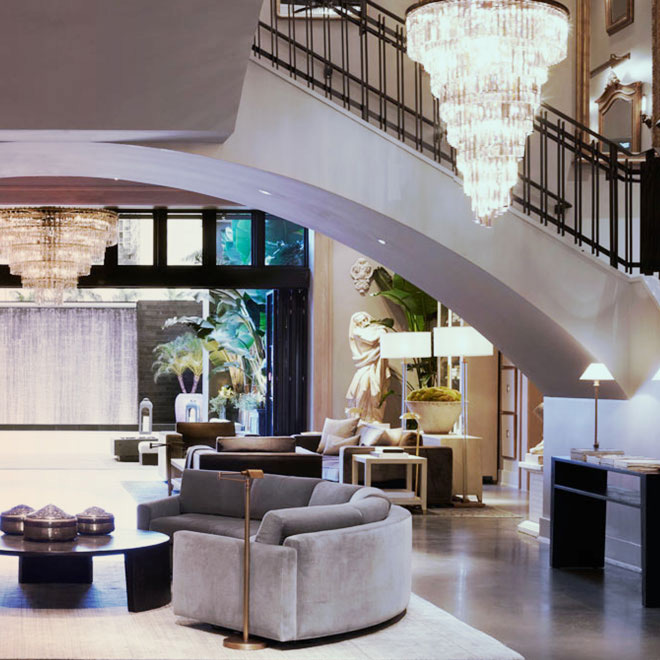
Everything In Retail Has Changed. Have Stores Kept Up?
Estimated Read Time: 5 Minutes
It's hard to imagine, especially for anyone under 30 years old, how important physical stores once were. Not too long ago, you might have asked yourself, 'I wonder what [fill in your favorite brand name here] has that's new?' Or maybe you were faced with a functional challenge like, 'I'm out of light bulbs.' Regardless of the need or want, no matter how big or small, from screwdrivers to fake fur coats, there was only one way to solve those challenges; you had to go to a store. You couldn't just pull out a device, press a few keys, and then go about your business, problem solved. Sure, you could call ahead to confirm they had what you were looking for, but in the end, you wound up headed towards a physical location that was not your couch called… a store. Just as fellow humans had done for millennium.

Today, as we are all well aware, you can buy things, find out just about anything, and solve countless problems in minutes without leaving your home. That's old news. Old news that retailers with the remnants of large store counts are painfully aware of. Stores are now just a small piece of the 'buy' puzzle, with the choices seemingly expanding every week; Tik Tok, Facebook, Instagram, eBay, and every other e-commerce vendor make it possible to buy whatever, whenever you want. The metaverse and full digital 3D experience shops are on the rise too, creating even more methods and choices to buy. And as we're all starting to realize, this avalanche of choices is not going to stop. Tomorrow, something new will give rise to yet another option.

With all that, what has become of the once singular king of the purchase? Has the store kept up with the onslaught of innovation coming from the tech side? Is the store still a place where we can go and find out something we couldn't from our Lazy Boy? Ultimately, is there hope for stores? Can they compete? It's these questions we aimed to find answers to in our consumer-based study.
We split our study into two parts, A and B. For Part A, we surveyed 2,500 consumers, asking, "Given all your options today, why do you go to a store?". We provided 14 choices, which we categorized internally as "Functional / Tactical" and "Emotional / Vibe."

The results were clear: consumers prioritize the functional and technical aspects of shopping, whether in-store or otherwise, hands down. The internet has put us on a one-way street called Ease & Convenience over everything else. Of the 14 choices, the top 7 reasons to go to a store were functional, while the bottom 7 were emotional. Gone is the thought of a store as a 'fun' place to go, where you may see the latest and greatest new products, or where associates are brimming with helpful information. The pendulum has swung one way at the expense of a key differentiating advantage that stores have: 'vibe' (in the parlance of our times). One of the last ranked choices, sadly, was in fact 'fun.'
In Part B of our study, we then asked, "When in a store, what do you like about being there?" Lo and behold, the tables flipped and the top choices were all emotional: discovery, inspiration, associates, and even the word 'vibe' ruled. The conclusion being this: the emotional elements are still very important for stores. But the exploiting of the functional factors are not enough to get consumers to go to a store in the first place.
As Sam Walton once said, "It's easy to compete with us, just do what we don't do." 'Vibe,' regardless of Meta or Oculus' efforts otherwise, is just not a factor in the store's competition set for visits. Sure, ease and convenience are important, but as results from Part B show, there's still only one place you can get an actual physical experience. The Store.

In summary, the problem, as we see it, is that the rush to compete with giants like Amazon has caused retailers to over index their spend to the 'functional' side, leaving us with stores that are either closing or in need of a serious rethink. In our NRF presentation on January 15th in NYC, we showed examples of what's needed most in stores right now to correct this factor using existing stores that get it and renderings we've creating that fit the bill. We showed how 'vibe' can be re-introduced in today's smaller store count and, at the very least, begin to get the word out. After all, word of mouth, through social media or live and in person, is still the best way to spread the word to consumers.
Essentially, these are the factors that the 'spend pendulum' has swung away from that we feel need to be re-invested in to get consumers to think about going to stores more often:
- Visual Merchandising
- Great Associates
- Store Design
- Sense of Discovery
- Merchandising
- Music and vibe in general
It’s not too late, retailers. Think: fewer but better and bring back the mindset of the last few millennia. And in case you didn’t read it above, remember this: consumers don’t have to go to stores anymore, they have to want to go to stores.

 Lee Peterson
Lee Peterson


